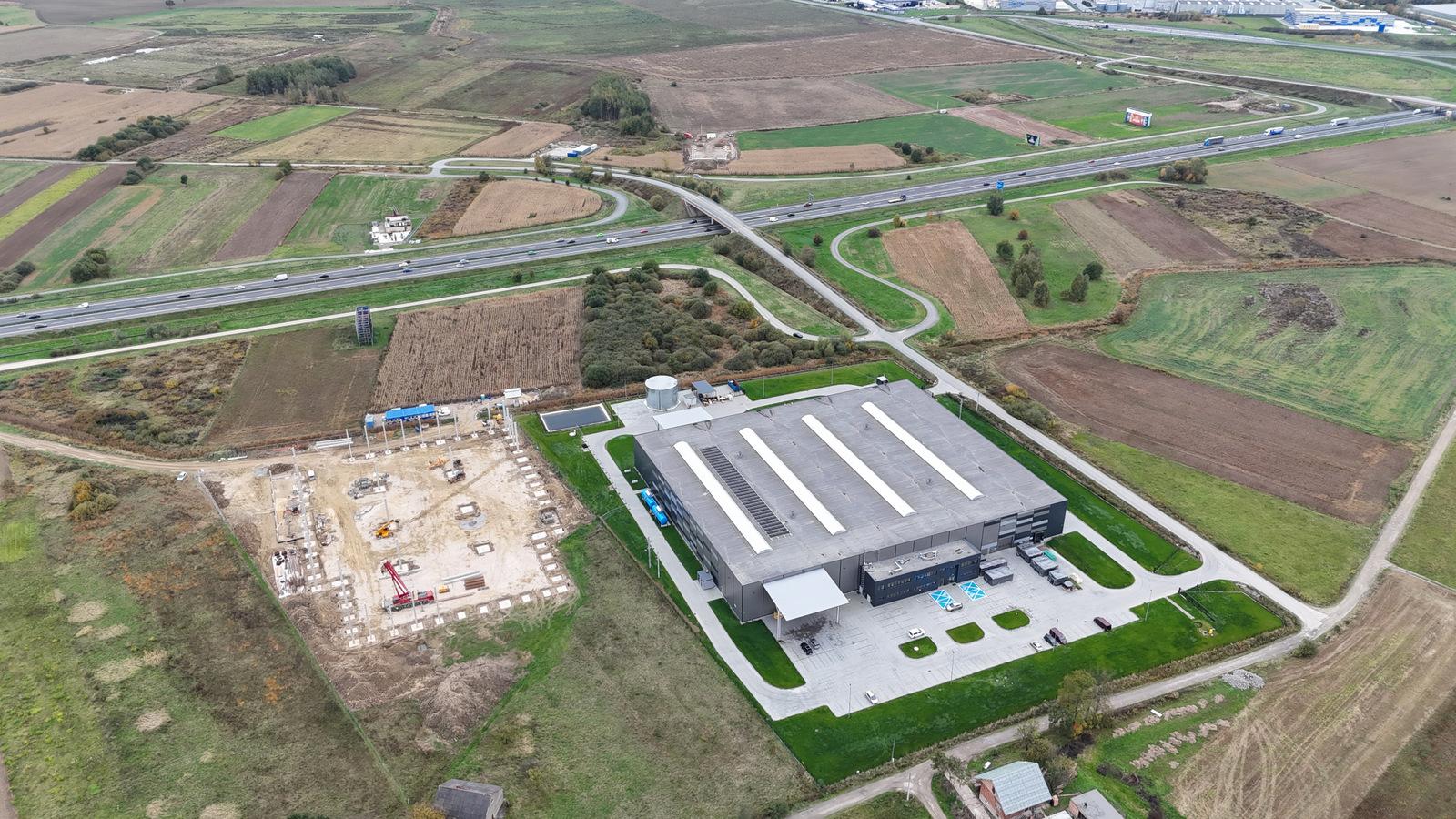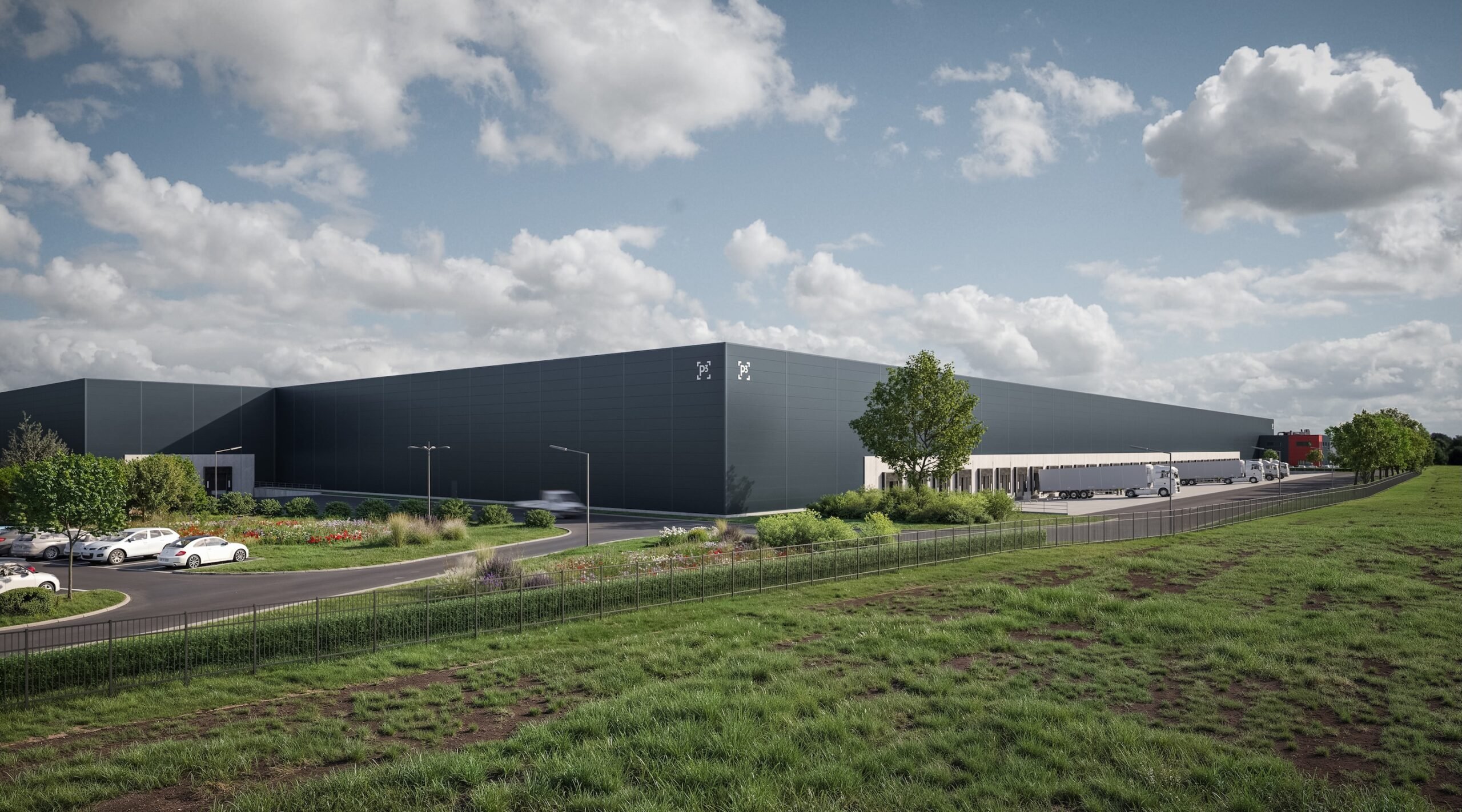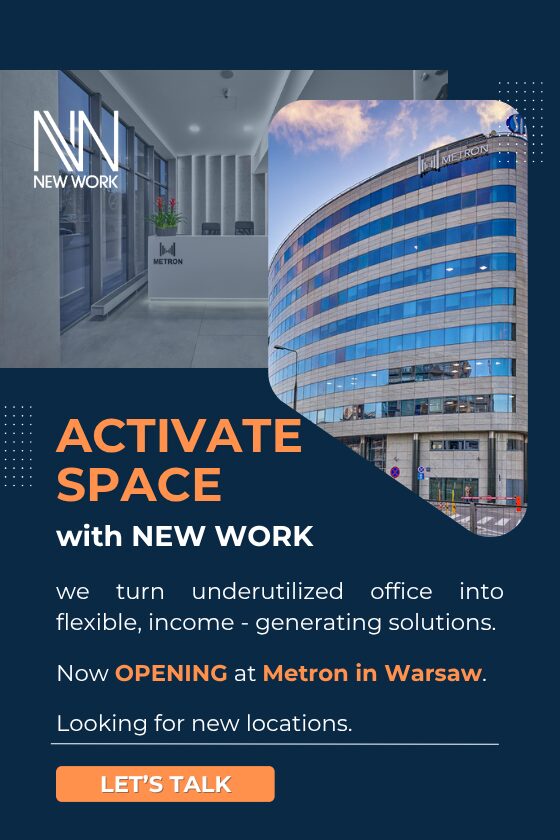
Europe to see an additional 11.6 million sqm of warehouse demand due to the manufacturing sector
More from Warehousing, Logistics and Industrial
Warehousing, Logistics and Industrial
Global Vision Investment Fund signs a financing agreement with BCR
Global Vision Investment Fund, an investment and real estate development platform founded by the Global Vision group, has signed a financing agreement with Banca Comercială Română (BCR) for the...
Warehousing, Logistics and Industrial
Urban Partners and Pontos sell Helsinki Airport logistics centre to SICORE
Warehousing, Logistics and Industrial
Hillwood invests €70 million in two logistics parks in Wrocław
Hillwood Poland has made another significant acquisition this year, expanding its portfolio with two modern logistics parks located in the northern part of Wrocław. The properties, acquired from funds...






